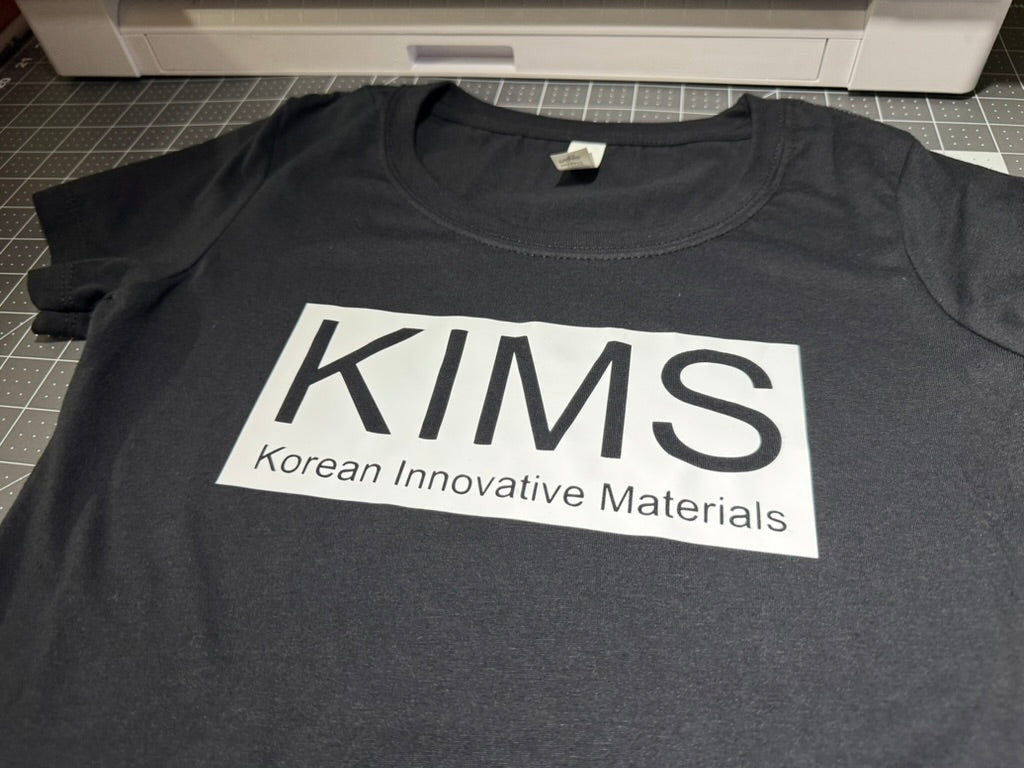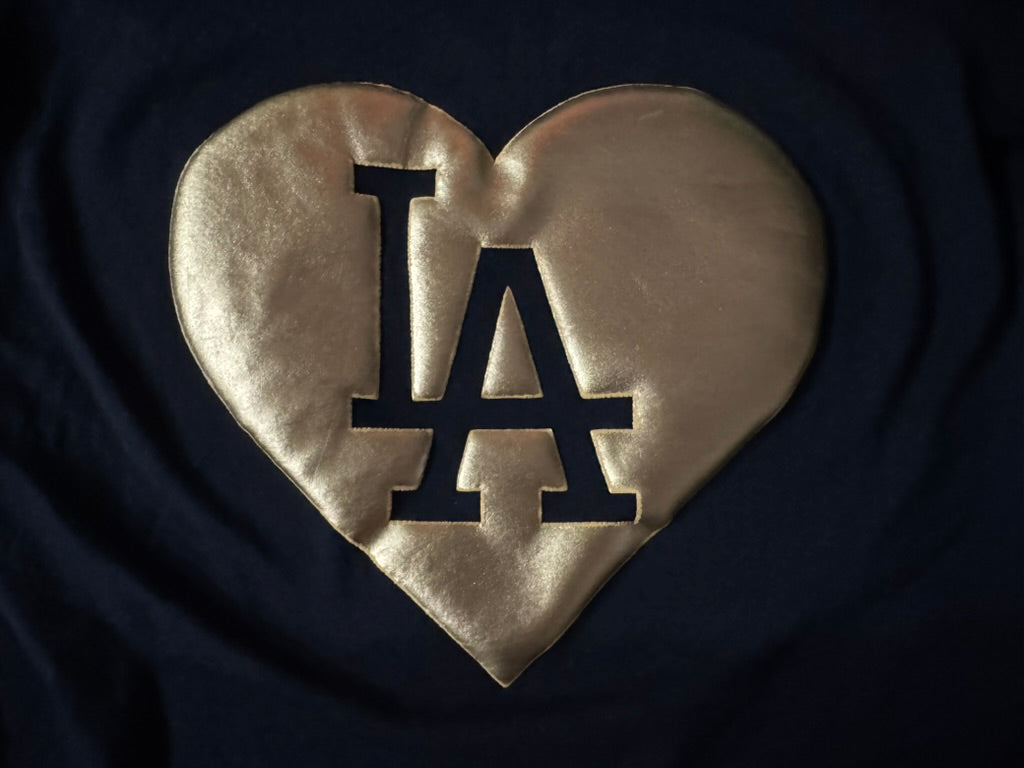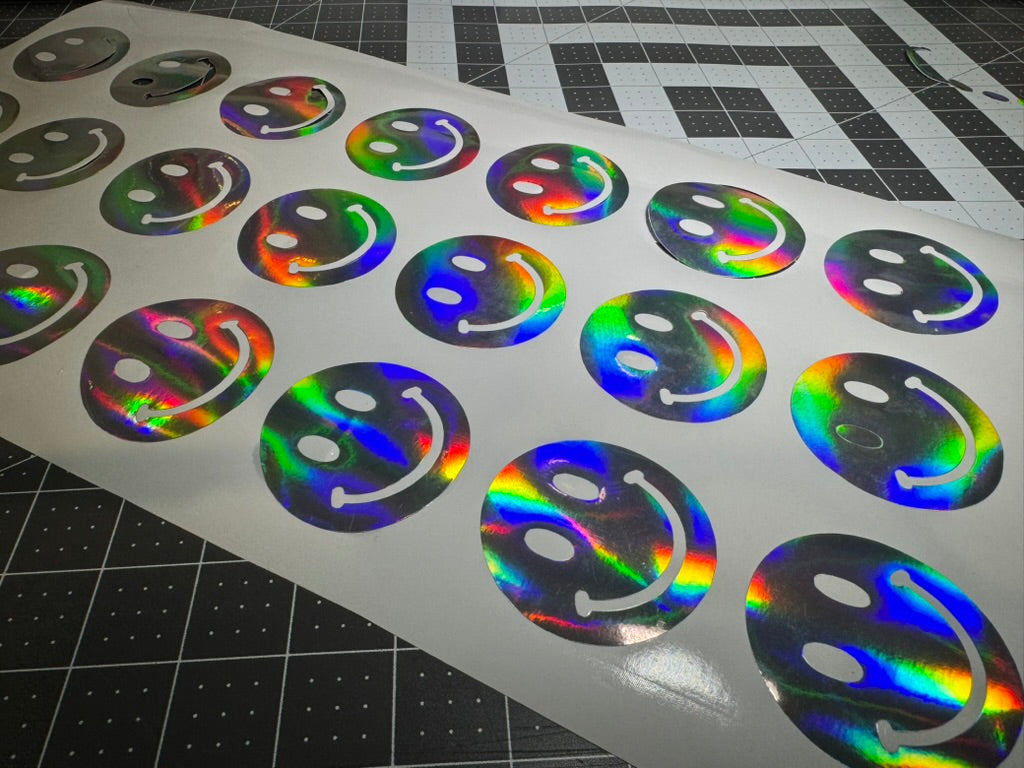Introduction
Iron-on vinyl, also known as heat transfer vinyl (HTV), is a versatile material used in custom apparel and crafting. It allows designs to be transferred onto fabrics using heat and pressure.
Professionals and hobbyists alike use iron-on vinyl to create custom t-shirts, bags, uniforms, and more. Choosing the right HTV affects both the appearance and durability of the finished product.
This guide explores the top iron-on vinyl products designed for consistent results in professional settings. We'll also cover working with HTV, from cutting and layering to washing and pressing.
Understanding Heat Transfer Vinyl Basics
Heat transfer vinyl (HTV) is a material used to apply designs to fabric using heat. It comes with a heat-activated adhesive on one side and a clear carrier sheet on the other. The carrier sheet holds the vinyl in place during cutting and pressing.
HTV differs from adhesive vinyl. Adhesive vinyl uses a sticky backing for smooth surfaces like glass or plastic. HTV requires heat—usually from a heat press or household iron—to bond to fabric.
Common HTV terms include:
-
Weeding: Removing excess vinyl from around a cut design
-
Carrier sheet: Clear layer that holds the vinyl design before application
-
Pressure settings: Force used during pressing to help vinyl adhere
-
Heat press: Machine that applies consistent heat and pressure
HTV is sometimes called "t-shirt vinyl" or simply "iron-on vinyl" depending on the context.
Key Factors In Choosing High Quality Heat Transfer Vinyl
When selecting heat transfer vinyl for professional results, several factors determine quality and performance:
-
Material Thickness: Thinner vinyl (2-3 mils) allows for detailed cuts and feels softer on garments. Thicker vinyl (4-5 mils) may offer more durability but can feel stiff.
-
Stretchability: Good HTV stretches with the fabric without cracking. This is especially important for athletic wear or fitted garments.
-
Temperature Requirements: Different vinyls activate at different temperatures. Some work at lower temperatures (280°F) for delicate fabrics, while others need higher heat (320°F) for stronger bonding.
-
Durability: Quality HTV withstands repeated washing without peeling or fading. Commercial-grade vinyl often survives 50+ wash cycles while maintaining color and adhesion.
-
Ease of Weeding: The ability to remove excess vinyl quickly affects production time. Some brands offer "easy weed" features that make removing small pieces simpler.
The best iron on vinyl balances these factors to deliver consistent results across various fabric types and applications.
Top 10 Iron On Vinyl Products For Professional Results
1. Siser EasyWeed HTV
Siser EasyWeed is a thin, flexible vinyl that cuts cleanly and weeds easily. It applies at 305°F for 10-15 seconds and works well on cotton, polyester, and blends.
What makes it stand out is its thin profile (90 microns) that creates a "painted-on" look rather than sitting on top of the fabric. Available in over 50 colors, it's washable up to 50 cycles without peeling.
2. Stahls' CAD-CUT Premium Plus
This professional-grade vinyl is designed specifically for performance fabrics. It applies at a lower temperature (280-300°F) and offers excellent stretch recovery.
Stahls' Premium Plus is ideal for athletic uniforms and activewear where flexibility is crucial. Its durability through commercial washing makes it popular for team apparel and merchandise.
3. ThermoFlex Plus
ThermoFlex Plus offers excellent opacity on dark fabrics with a soft hand feel. It cuts cleanly even with intricate designs and maintains color vibrancy after multiple washes.
This vinyl applies at 300-320°F and is slightly thicker than Siser EasyWeed, making it suitable for designs that need to stand out on textured fabrics.
4. KIMS Direct Professional HTV Series
KIMS Direct HTV features a formulation that reduces production time through easier weeding and precise cutting. It maintains adhesion through 50+ commercial wash cycles.
The vinyl comes in standard colors plus specialty finishes like 3D Puff, Reflective, and Holographic. Its consistent delivery time helps businesses meet tight deadlines without excessive inventory.
5. Cricut Everyday Iron-On
Designed specifically for Cricut cutting machines, this vinyl offers reliable performance for hobbyists and small businesses. It applies at 315°F for 30 seconds with firm pressure.
Cricut's StrongBond technology helps the vinyl adhere well to various fabrics. It's available in standard sheets and rolls, plus in specialty finishes like glitter and holographic.
6. StarCraft SoftFlex
StarCraft SoftFlex is known for its soft hand feel and vibrant colors. It's thinner than many competitors at 85 microns, creating a barely-there feel on garments.
This vinyl applies at 285°F for 10-15 seconds and works well for layering due to its low application temperature. It's particularly good for children's clothing and lightweight fabrics.
7. Siser StripFlock Pro
StripFlock Pro creates a raised, suede-like texture that adds dimension to designs. This specialty vinyl is 500 microns thick and adds a premium feel to logos and text.
It applies at 320°F for 15-20 seconds and requires more pressure than standard vinyl. While more challenging to cut and weed than regular HTV, it creates unique effects that standard vinyl can't achieve.
8. Siser Glitter HTV
Siser Glitter HTV contains embedded glitter particles that won't shed or flake off. At 325 microns thick, it's substantial but still flexible enough for comfortable wear.
This specialty vinyl applies at 305°F for 10-15 seconds and is available in dozens of colors. It's perfect for adding sparkle to spirit wear, fashion items, and holiday apparel.
9. HTVRONT Heat Transfer Vinyl
HTVRONT offers good value for beginners and small projects. It cuts well on most machines and applies at 300-320°F for 15-20 seconds.
While not as durable as premium brands, it performs adequately for basic applications and comes in economical multi-color packs that are good for trying different colors.
10. Oracal 651
While not technically an HTV (it's a permanent adhesive vinyl), Oracal 651 is included because it's often confused with heat transfer products. It's used for hard surfaces like mugs, signs, and decals—not fabric.
This clarification helps prevent purchasing errors, as the application methods differ completely between adhesive vinyl and heat transfer vinyl.
Best HTV For T-Shirts And Cotton Fabrics
Cotton fabrics accept most types of heat transfer vinyl well due to their heat resistance and fiber structure. For the best results on cotton t-shirts, consider these characteristics:
|
HTV Product |
Best For |
Application Temp |
Wash Durability |
Stretchability |
|---|---|---|---|---|
|
Siser EasyWeed |
Everyday cotton tees |
305°F |
High |
Moderate |
|
KIMS Direct Professional |
High-volume production |
300-320°F |
Very High |
Moderate |
Siser EasyWeed works exceptionally well on cotton because its thin profile allows the fabric to maintain its natural drape. The material adheres firmly to cotton fibers and resists cracking through repeated washing.
For cotton/poly blends (like the popular 50/50 or tri-blend tees), look for vinyl that applies at slightly lower temperatures (295-305°F) to prevent scorching the polyester content while still adhering properly to the cotton fibers.
The natural texture of cotton helps vinyl grip better than slicker synthetic fabrics. This makes cotton ideal for detailed designs where adhesion of small pieces is crucial for longevity.
Best HTV For Layering And Complex Designs
Layering different colors or types of vinyl creates multi-dimensional designs. The key to successful layering is using vinyl that can be applied in stages without damaging previous layers.
The best vinyl for layering includes:
-
Siser EasyWeed (thin profile, applies at moderate temperature)
-
StarCraft SoftFlex (low application temperature)
-
KIMS Direct Professional Series (consistent thickness for even layering)
When layering HTV, follow these best practices:
-
Layer Order: Apply bottom layers first, working upward. The largest elements typically go first, with smaller details added on top.
-
Temperature Adjustments: Reduce temperature by 10-15°F for second and subsequent layers to prevent reactivating previous layers. For example, if the first layer applied at 315°F, use 300°F for additional layers.
-
Cool-Down Periods: Allow 5-10 seconds of cooling between layers. This prevents shifting or bubbling when applying the next layer.
Most designs can handle 2-3 layers before becoming too stiff or bulky. For complex designs requiring more colors, consider using print-and-cut methods instead of multiple vinyl layers.
Tips For Cutting And Weeding Vinyl Without Errors
1. Adjust Cutting Settings Carefully
Different vinyl types require specific cutting settings. For detailed designs:
-
Blade Depth: Set just deep enough to cut through vinyl but not the carrier sheet
-
Pressure: Medium for standard vinyl, higher for glitter or flocked materials
-
Speed: Slower speeds (50-75% of maximum) produce cleaner cuts on intricate designs
Always test cut a small shape before cutting your entire design. This saves material and time by confirming settings are correct.
2. Use Weeding Tools And Good Lighting
Proper tools make weeding detailed designs much easier:
-
Fine-point tweezers for small pieces
-
Weeding hooks in various sizes
-
X-Acto knife for stubborn areas
-
LED light pad underneath transparent carrier sheets
Good lighting reveals cut lines that might be hard to see otherwise. Work from the inside out—remove interior pieces first, then the outer excess vinyl.
3. Test Cut Before Full Production
A test cut helps identify potential problems before cutting an entire design:
-
What to look for: Clean cuts through vinyl only, not the carrier sheet
-
Common issues: Incomplete cuts (increase pressure slightly) or torn vinyl (reduce pressure or slow down)
-
Test shape: A small square with an interior circle works well to test both straight lines and curves
Making these adjustments before cutting your full design prevents wasted materials and frustration.
Final Thoughts For Achieving Professional Results
The best iron on vinyl for professional results depends on your specific project requirements. Consider the fabric type, design complexity, and intended use when selecting materials.
For everyday cotton t-shirts, Siser EasyWeed and KIMS Direct Professional Series deliver reliable results. For performance wear and stretchy fabrics, Stahls' Premium Plus or ThermoFlex Plus offer better flexibility and durability.
Complex designs benefit from vinyl that cuts cleanly and weeds easily. Specialty finishes like glitter, reflective, or puff add unique elements that can set your products apart.
Whatever vinyl you choose, proper application techniques—correct temperature, time, and pressure—are just as important as the material itself for achieving professional results.
Browse high-quality heat transfer vinyl and supplies at https://kimsdirect.com/collections/all for materials that deliver consistent professional results.
Frequently Asked Questions About Iron On Vinyl
What is the difference between HTV and iron-on vinyl?
HTV (heat transfer vinyl) and iron-on vinyl are the same product—both refer to vinyl material with heat-activated adhesive used for applying designs to fabric.
How long does quality heat transfer vinyl last on shirts?
Quality heat transfer vinyl typically lasts 50+ washes when properly applied and cared for, while budget options may begin showing wear after 15-20 washes.
Can I use a household iron instead of a heat press for professional results?
A household iron can work for small projects but lacks the consistent temperature and pressure of a heat press, which is recommended for professional and commercial applications.
Which heat transfer vinyl works best on polyester and performance fabrics?
Low-temperature vinyl like Stahls' Premium Plus and KIMS Direct Professional Series work best on polyester and performance fabrics because they adhere properly without scorching synthetic fibers.
How do I prevent iron-on vinyl from peeling after washing?
Prevent peeling by using correct temperature and pressure during application, waiting 24 hours before washing, washing garments inside-out in cold water, and avoiding bleach and fabric softeners.







